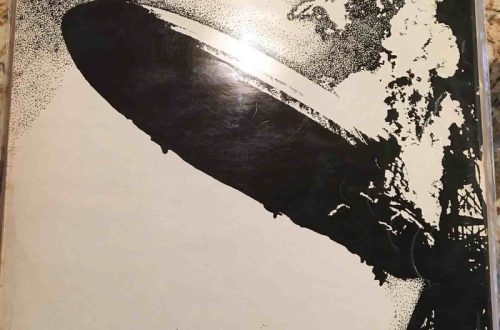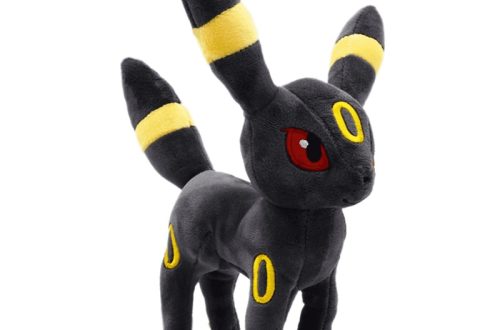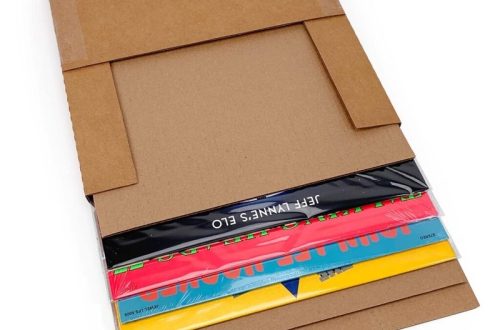Cuddly companions, bedtime buddies – stuffed animals are often seen as beacons of comfort and childhood innocence. But what if the wide, button eyes held a flicker of malice, and the once-soft fur concealed a sinister intent? Throughout history and fiction, the unsettling idea of creepy stuffed animals has captured imaginations and fueled nightmares. Delve into the world of these unsettling toys in this exploration of terrifying plushies.

Part 1: Seeds of Unease: The Ingredients of a Creepy Stuffed Animal
1. The Juxtaposition of Innocence and Horror:
The unsettling nature of a creepy stuffed animal lies in its ability to subvert expectations. Typically, these toys are associated with childhood security and comfort, making a corrupted plushie particularly disturbing. The once-lovable features of a stuffed animal become unsettling reminders of a lost innocence, creating a sense of unease and discomfort. The juxtaposition of something typically comforting with something eerie and sinister can evoke a deep sense of disquiet. The familiar becomes unfamiliar and jarring, creating an unsettling paradox. The inherent innocence and sweetness of a plush toy are twisted into something unsettling and disconcerting, challenging our perceptions and expectations. As a result, creepy stuffed animals can tap into our primal fears and provoke a range of emotions, making them a highly effective tool for creating a sense of unease and disquiet in those who encounter them.
2. Uncanny Valley and the Blurring of Lines:
The theory of the uncanny valley explores the notion that human-like features that almost achieve perfect realism can evoke feelings of unease and discomfort. This phenomenon can be observed in a stuffed animal with eerily realistic eyes, unnaturally stitched-on smiles, or an unsettling stillness. When a plush toy approaches a lifelike appearance but falls just short of it, it can trigger an uncomfortable sensation in the viewer. The slight imperfections in the features of the toy create a sense of dissonance, as the brain registers something almost real but not quite, leading to an unsettling and eerie feeling. This concept of almost-but-not-quite-human can create a sensation that is deeply disquieting, challenging our perception and triggering a subconscious warning that something is not quite right. It is this subtle deviation from the expected or the familiar that can provoke a strong emotional response and contribute to the uncanny valley effect.
Part 2: Monsters in Miniature: Examples of Creepy Stuffed Animals
1. Folk Tales and Legends:
Many cultures have a rich tradition of frightening tales about animated toys, and these stories have persisted for centuries. In Japanese folklore, for example, there are accounts of Dakiyaken, vengeful spirit dolls that become filled with rage and wreak havoc. These stories serve as cautionary tales about the dark and vengeful potential that these dolls possess, adding a layer of mystery and fear to the idea of possessed or vengeful toys. Similarly, German lore features tales of Hampelmann, a mischievous jack-in-the-box that can come to life and cause chaos. These stories tap into our primal fears of the unknown and the unpredictable, weaving unsettling narratives about inanimate objects coming to life and behaving in disturbing ways. The enduring nature of these stories speaks to the deep-seated unease that many people feel about the concept of animated toys and the potential for them to harbor malevolent intent.
2. Modern Horror:
Taking Cuddly Companions Dark: Modern horror thrives on taking childhood comforts and twisting them into nightmares. Films like “Annabelle” and “Child’s Play” feature seemingly ordinary dolls possessed by malevolent spirits. These stories tap into our primal fear of a once-trusted friend turning into a monstrous foe.

Part 3: The Psychology of Fear: Why Creepy Stuffed Animals Scare Us
1. Loss of Control and Unpredictability:
One of the fundamental fears associated with creepy stuffed animals lies in the loss of control. Traditionally, these toys are viewed as inanimate objects, harmless and under the control of their owners. However, the idea of these toys suddenly taking on a life of their own introduces an element of unpredictability and agency that is deeply unsettling. The loss of control over a supposedly inanimate object challenges our sense of safety and security. It creates a profound sense of unease and vulnerability. Regular plush toys, typically associated with inherent innocence and lack of autonomy, twist into something sinister. They evoke a fear of the unknown and the unpredictable. This fear taps into a primal instinct to seek safety and order. The violation of this expectation can stir deep-seated feelings of discomfort and dread.
2. Childhood Fears and Regression:
Creepy stuffed animals have the ability to tap into deep-seated childhood anxieties about the unknown or the darkness. When a once-familiar and comforting toy behaves strangely, it can evoke unsettling feelings of helplessness and vulnerability. This triggers a regressive response that harks back to a time of innocence and dependence. The juxtaposition of a typically benign and cherished object with unsettling behavior can act as a catalyst, rekindling primal fears and anxieties from early childhood. The sudden disruption of the expected behavior of a plush toy can provoke a sense of unease and disorientation, challenging our assumptions about safety and comfort. This phenomenon can especially evoke a feeling of regression, transporting us back to a time when we had a more tenuous understanding of the world. Our sense of security was deeply intertwined with the familiar objects and symbols of childhood.

Part 4: The Allure of the Dark Side: Why We’re Drawn to Creepy Stuffed Animals
1. A Safe Exploration of Fear:
While creepy stuffed animals can be unsettling, there’s a certain allure to this brand of horror. They allow us to confront our fears in a controlled environment, providing a safe space to explore the darkness that lurks beneath the surface of our seemingly innocent childhood toys.
2. The Thrill of the Unexpected:
The subversion of expectations associated with creepy stuffed animals can be strangely thrilling. We enjoy the shock of the familiar becoming frightening, the unsettling break from the norm that keeps us on the edge of our seats.

Creepy stuffed animals serve as a reminder that the line between comfort and horror can be surprisingly thin. They tap into our deepest fears about the unknown and the potential for darkness to hide within even the most innocent-looking objects. So, the next time you reach for your childhood teddy bear, take a moment to appreciate its comforting presence. But perhaps keep an eye out for any unsettling changes in its button eyes or a hint of a malicious glint in its stitched-on smile. After all, even the cuddliest companions can hold a hidden darkness within.



